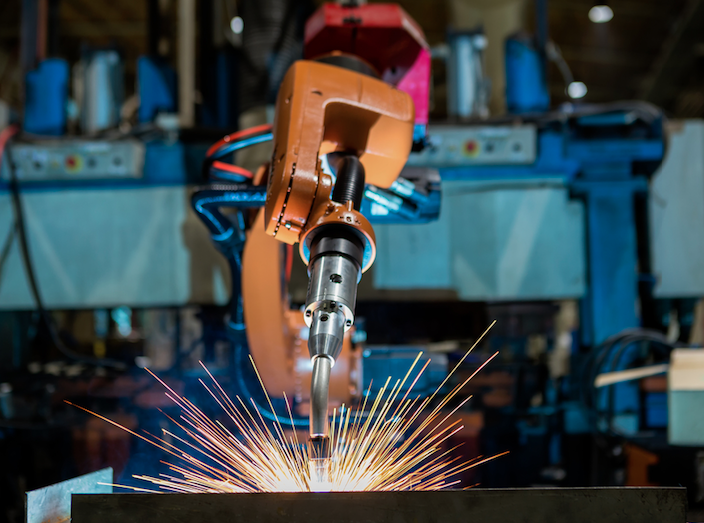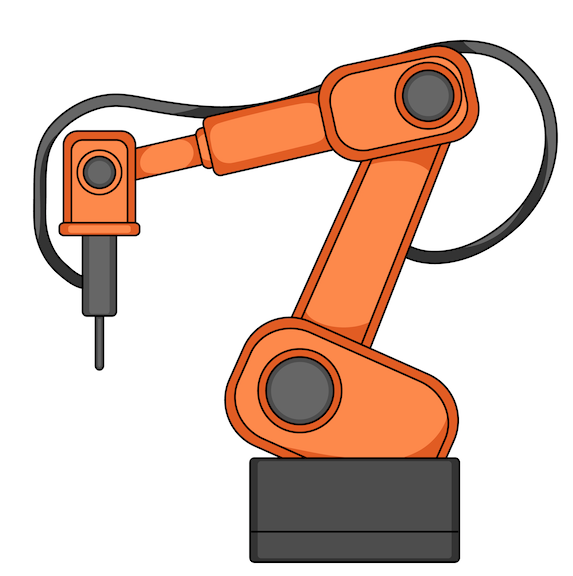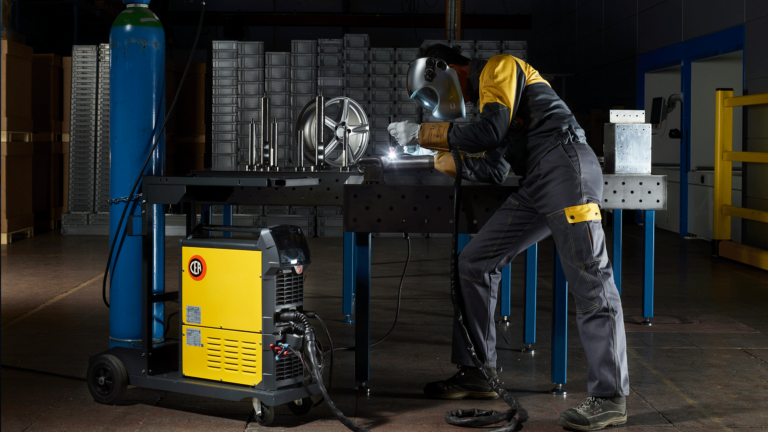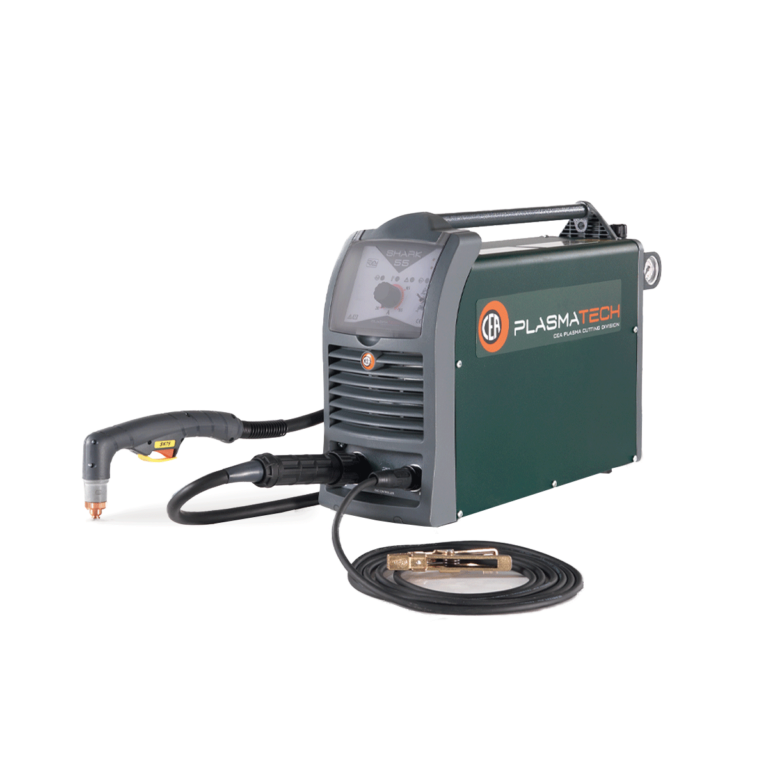Made in China 2025 and robotics welding

Even China is now starting to look onto the new world of industry 4.0. Beijing does not want to fall behind in the global market that is facing the fourth industrial revolution, and has implemented the “Made in China 2025” plan.
The Chinese technological advancement programme follows the one already begun in Europe, and seeks to impose itself by focusing on research and development.
Europe, so as not to lose the race that has its first finish line set in 2025, can build on its own industrial history based on quality and technological development.
If you want a FREE DEMO of our products or need some information click here! We're at your service!
Industry 4.0 in Europe and China
In Europe, the concept of industry 4.0 began to develop in 2011 and consequently, over the following years, all the projects were implemented to increase automation in factories.
In 2012, there were already 150,000 robots installed in the German industry sector, 62,000 in Italy, and 34,500 in France.
READ ALSO: "Why choosing italian welding machines manufacturers"
China is lagging behind Europe and is starting from a situation where manufacturing has a very low degree of automation, so it is investing heavily to catch up.
The technological backwardness of China is still very clear in the use of welding machines, a sector where digitisation and automation have gradually developed to reach very high standards today.
Robotics welding: partners from China or Europe?
The technologies applied to welding are in constant development. Each day, there are new requirements to meet, the quality requested is increasingly higher, and even work speed must be high.
READ ALSO: "Robotics welding: 5 good reasons to buy high-tech welding machines"
Already today, companies in the sector operating in Europe are in step with industry 4.0 thanks to the design of synergic generators and software that are increasingly optimised to be integrated as much as possible into automated industrial processes.
The issues with welds done directly by an operator are therefore avoided, thanks to welding machines that can communicate optimally with robots or increase the welder’s quality output.

Chinese companies are still paying for a past with poor research in technology, and the association of the “Made in China” label with the low quality of the machinery continues to be a matter of fact.
In conclusion, currently China cannot yet ensure TIG and MIG/MAG welding machines that are comparable to those built in Europe in terms of usability, technology and integration.
A low price policy is not always the winning one. This is especially true when dealing with work tools, which must therefore be in good working order and repaired quickly in the case of maintenance or malfunction.
An important factor: customer service
When purchasing welding machines for use in a factory, on top of the cost and quality of the machinery, there’s one more thing that should also be taken into consideration: customer service.
A European company can surely provide better assistance to its customers, both due to greater know-how, and because of stronger customer care policies.
READ ALSO: "The customer-centric approach in every CEA welding project"
Investing in a robotics welding and robotic production line involves an investment in the future that a business owner should always carefully calculate.
Imagine stopping production because the spare parts for the welding machine cannot be found, or because of having to wait for a technician from China—these are prospects any business owner would like to avoid.
{{cta('5535a6eb-336c-4063-9586-0c8e74209929','justifycenter')}}







